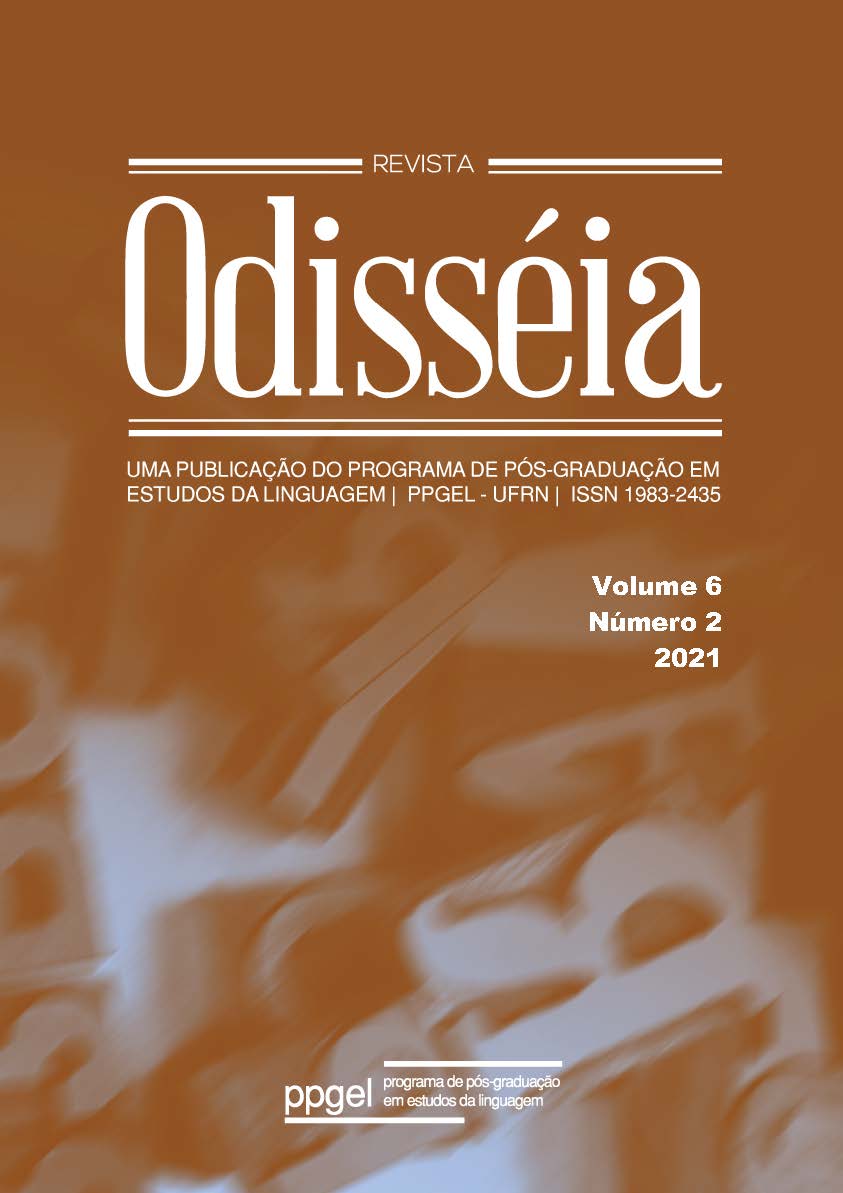Typology and morphosyntactic functions of the verbal prefixes ha- and -ha- in Kirundi (JD62)
DOI:
https://doi.org/10.21680/1983-2435.2021v6n2ID24248Keywords:
Kirundi. Morphosyntactic functions. Locative prefixes. Locative suffixes.Abstract
This article deals with the typology and the morphosyntactic properties of the verbal prefixes ha-/-ha- attested in Kirundi. Based on a corpus, it reveals two types of ha: a locative prefix referring to locative class 16 and a non-referential expletive prefix. These markers have different uses and are different in frequency.
The most frequently used is the expletive prefix ha, especially when it works as the subject concord of the verb. It is mainly used as a subject concord of the verb in some structures with inverted subject, after the latter has lost the capacity to lead the agreement of the verb, given that it has been delocated from its canonic position. Sometimes it stands as an expletive pronominal object, imparting an existential reading to the verb. As for the locative prefix, it functions either a verbal agreement marker or as a pronominal marker of the arguments on the verb.
Downloads
Downloads
Published
How to Cite
Issue
Section
License
Thisa work has been licensed under Creative Commons - Atribuição - NãoComercial - CompartilhaIgual 3.0 Não Adaptada.


















